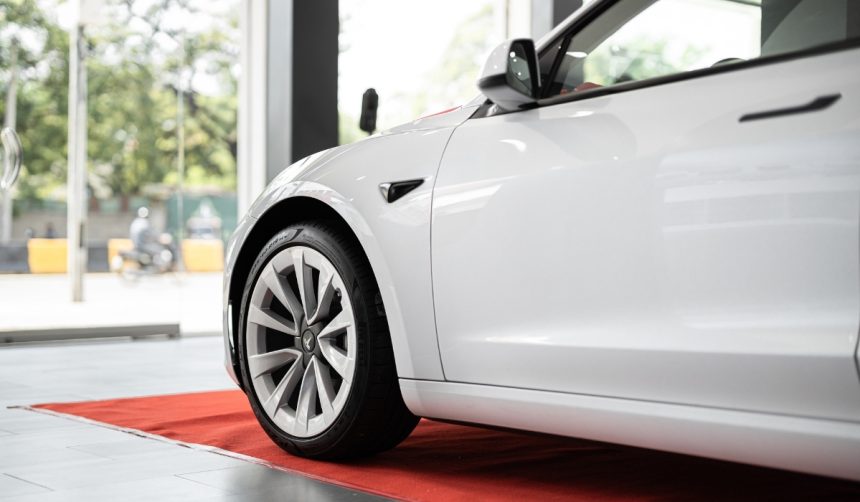Tesla’s ambitions to expand its autonomous ride-hailing business have reached a new milestone, as Arizona’s Department of Transportation has approved its Robotaxi service for statewide deployment. The approval marks the company’s third U.S. state—with Texas and California already operational—positioning Tesla to further establish its presence in the emerging driverless mobility sector. Arizona will allow Tesla to operate throughout the state rather than restricting the company to specific cities, giving it significant operational flexibility. Although full deployment will likely begin in select urban areas to maintain oversight, the groundwork for larger expansion is now laid. Questions remain regarding the safety protocols Tesla will employ in Arizona, especially given operational differences between Texas and California.
Regulatory movement around Tesla’s Robotaxi program has shown varied progress across the country. Earlier reports focused on Tesla’s navigation of state-level rules, challenges around testing in places such as Pennsylvania, and incremental city-focused deployments. Before Arizona’s approval, Tesla concentrated on California and Texas, where operational models differed in terms of safety monitoring and route restrictions. Recent sightings of Robotaxi test vehicles in Phoenix and nearby cities hinted at the company’s testing activities in advance of official clearance. The Arizona-wide permit distinguishes itself from city-by-city permissions and may signal a trend towards broader acceptance of autonomous ride-hailing in the U.S.
What Does the Arizona Approval Entail?
Arizona’s Department of Transportation has granted Tesla a Transportation Network Company permit, allowing the company to operate Robotaxi services across the entire state. This differs from traditional ride-hailing permits, which usually limit companies to specific urban areas or administrative zones. Tesla appears set to begin with a limited rollout in Phoenix and possibly other cities, focusing on safety and regulatory compliance before extending beyond initial districts. The scale of the permit could create opportunities for both the company and Arizona’s communities to experience autonomous ride-hailing services as development continues.
How Will Tesla Operate Robotaxi in Arizona?
Tesla’s operation model in Arizona will reportedly mirror its Texas approach more closely than its California program, with key differences in the use of Safety Monitors. In Texas, Safety Monitors are present only for specific driving conditions, while California requires them at all times during the ride. Although there has been no formal confirmation of Tesla’s precise safety oversight structure for Arizona, company activities in the region suggest it is preparing for monitored initial deployments, at least during the early phase. Such distinctions may influence passenger adoption rates and regulatory scrutiny as the rollout proceeds.
Which Other States Might See Robotaxi Expansion Soon?
Besides Arizona, Tesla has reported ongoing efforts to secure regulatory approval in Nevada and Florida, areas that have also witnessed testing activity. Observers have noted Robotaxi vehicle testing in other states, including Pennsylvania, though no statewide clearances have been announced there. As momentum grows, regulatory procedures in these states will likely affect Tesla’s timeline for further launches. The recently updated Robotaxi app for iOS users hints at ongoing preparations for broader accessibility and increased user engagement in new markets.
Tesla shared its reaction following the Arizona approval, stating:
We are pleased to work with the State of Arizona to introduce Robotaxi ride-hailing services to its residents.
The company highlighted the upcoming service, remarking:
Our expansion to Arizona represents a significant step in making autonomous transportation more widely accessible.
Authorities in Arizona have not restricted Tesla to specific cities, though they have advised caution and a phased introduction.
Arizona’s decision to grant a statewide license for Tesla’s Robotaxi service departs from the piecemeal approach seen elsewhere, providing the company more operational latitude. Careful monitoring of performance, safety incidents, and regulatory adjustments will be important as the service scales up. Readers interested in the commercial rollout of autonomous vehicles may want to follow evolving policy requirements at state and federal levels, as these will determine the speed and scope of technology adoption. For potential users, staying informed about ride availability, app updates, and safety guidelines will help ensure a positive experience during the early months of service. Arizona’s approach may also guide other U.S. states considering similar deployments.








